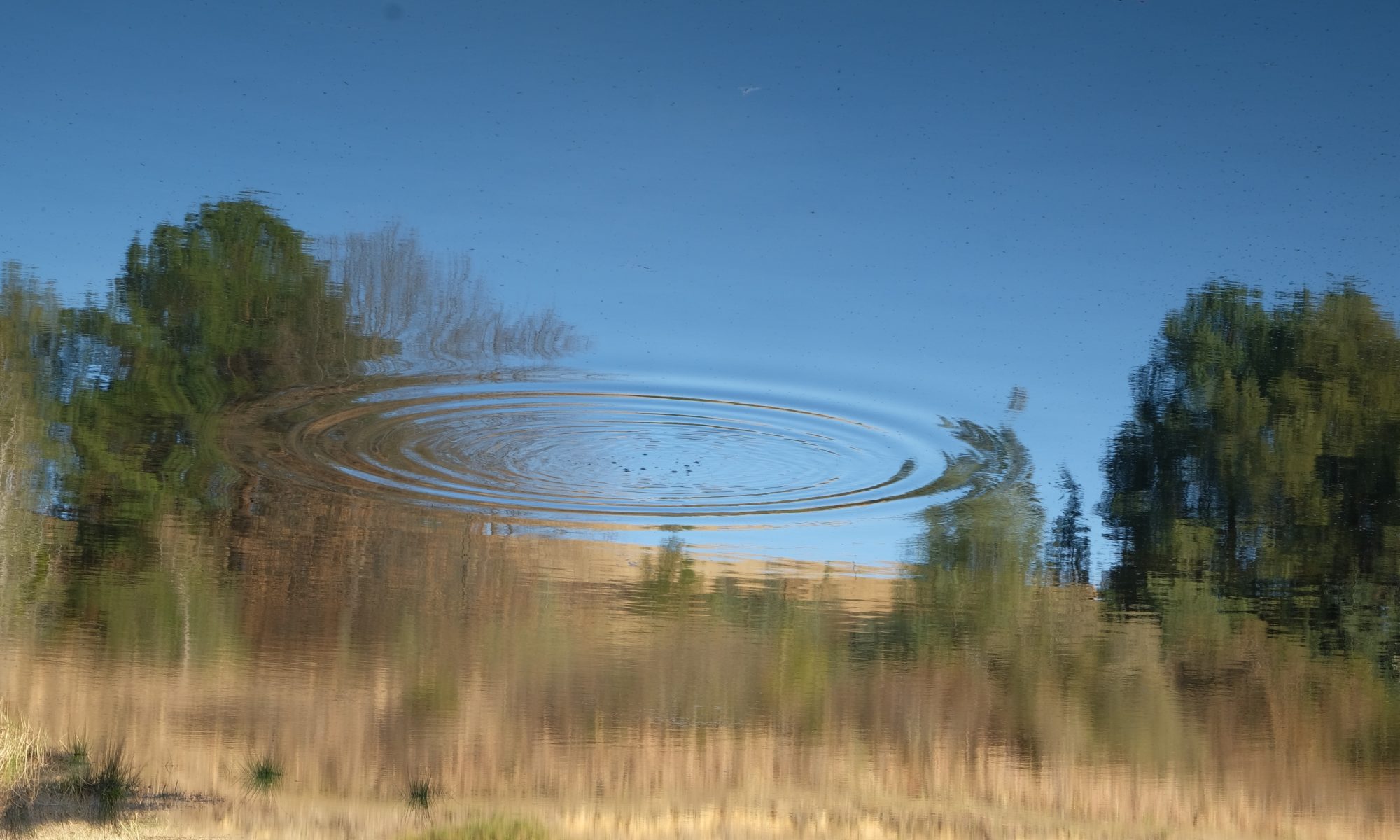In social psychology we’re interested in how group identity and group processes impact on individual experience and behaviour. Until now the field has focused largely on how people perceive groups and identity; and has not worried too much about the structure of social connections. Network structure , however, makes a big difference to social outcomes at collective levels and we’re now getting tools and models to start to make sense of it all.
Allen and colleagues (2017) have recently shown that cooperation is more likely to emerge in networks with fewer but stronger ties at local levels than in networks with more (but weaker) connections. This is theoretically exciting, as it shows that it is possible and fruitful to analyze social psychological constructs in relation to network structure.
It’s also deeply concerning, since the digital platforms that mediate more and more of our social relationships (Twitter; Facebook; Instagram) are cultivating social networks with large numbers of weak ties — exactly the kinds of relationships that, according to Allen et al., will result in less cooperative networks at large scales.
Counterintuitively, if we want more cooperative societies we might need to spend less time on our phones and see fewer people more often.
-
![[DOI]](https://michaelquayle.net/wp-content/plugins/papercite/img/external.png) Allen, B., Lippner, G., Chen, Y., Fotouhi, B., Momeni, N., Yau, S., & Nowak, M. A.. (2017). Evolutionary dynamics on any population structure. Nature, 544(7649), 227–230.
Allen, B., Lippner, G., Chen, Y., Fotouhi, B., Momeni, N., Yau, S., & Nowak, M. A.. (2017). Evolutionary dynamics on any population structure. Nature, 544(7649), 227–230.
[Bibtex]@Article{Allen2017, author = {Benjamin Allen and Gabor Lippner and Yu-Ting Chen and Babak Fotouhi and Naghmeh Momeni and Shing-Tung Yau and Martin A. Nowak}, title = {Evolutionary dynamics on any population structure}, journal = {Nature}, year = {2017}, volume = {544}, number = {7649}, pages = {227--230}, month = {mar}, doi = {10.1038/nature21723}, file = {:Allen2017 - Evolutionary dynamics on any population structure:}, owner = {MQ}, publisher = {Springer Nature}, timestamp = {2017-09-07}, }
